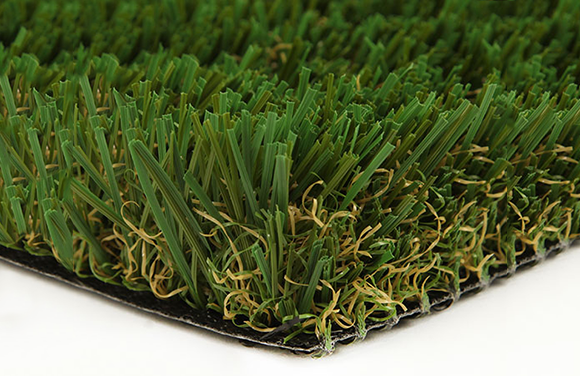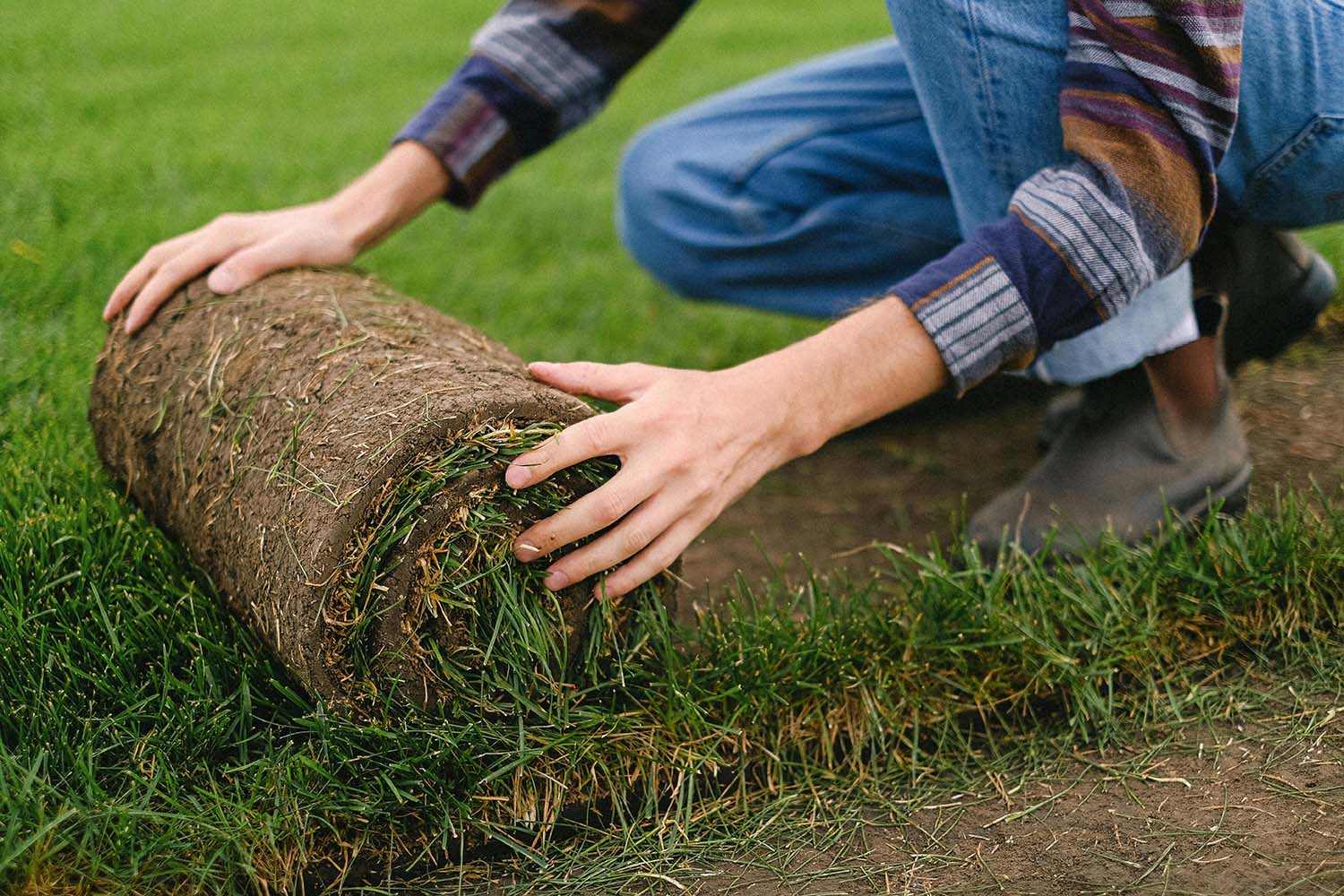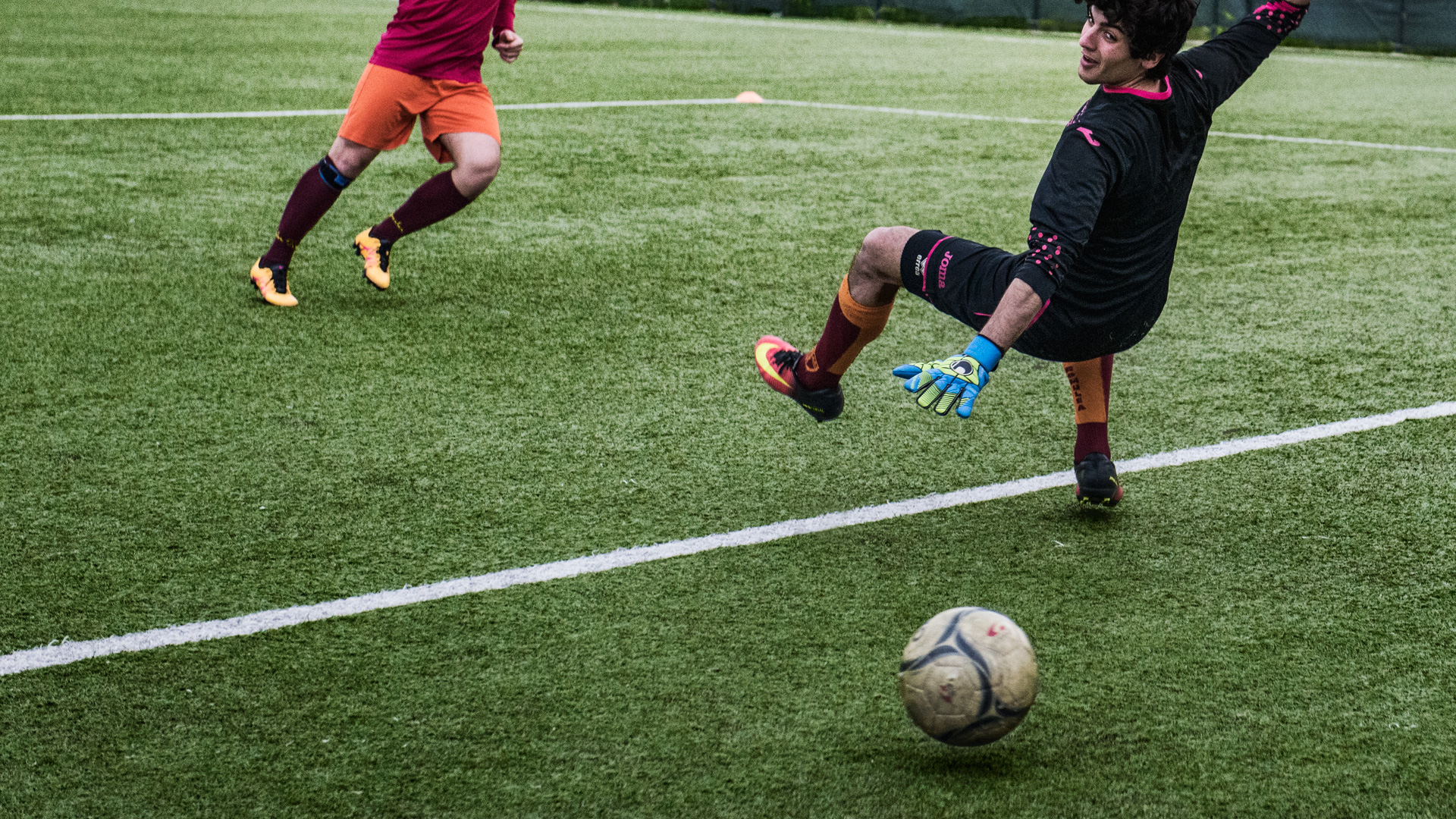Choose Reliable Artificial Turf Companies Phoenix for Your Landscaping Needs
Choose Reliable Artificial Turf Companies Phoenix for Your Landscaping Needs
Blog Article
Look Into the Environmental Advantages of Opting for Artificial Turf Solutions
The adoption of artificial lawn solutions provides an engaging opportunity to deal with pushing ecological challenges. By significantly minimizing water use and decreasing the application of hazardous chemicals, these options not only advertise lasting landscape design however likewise protect neighborhood ecosystems. Furthermore, the reduced carbon footprint connected with reduced upkeep tasks adds to an extra lasting strategy to land monitoring. Nonetheless, the ramifications of these advantages expand past mere preservation efforts, questioning about their long-lasting influence on habitat conservation and total ecological equilibrium. Checking out these dimensions reveals a complicated interaction worth considering.
Water Preservation Benefits
One of the most substantial advantages of man-made turf is its capacity to conserve water. In contrast, artificial turf does not need watering, significantly minimizing the general need for water resources.
By eliminating the demand for normal watering, synthetic grass contributes to sustainable landscape practices and aids alleviate the environmental effect of too much water usage. The conservation of water prolongs to the reduction of runoff, which can lead to soil disintegration and waterway air pollution.
Furthermore, the installment of synthetic grass permits communities and home owners to assign water sources extra effectively, concentrating on important uses such as drinking water and farming. The shift towards fabricated grass not only advertises responsible water usage but additionally lines up with more comprehensive ecological goals intended at preserving natural deposits.
As areas progressively prioritize sustainability, the water preservation advantages of synthetic grass provide a compelling situation for its adoption in residential and industrial landscape design projects.
Minimized Chemical Use
The change to synthetic grass substantially lowers the dependence on chemical treatments generally used in natural yard maintenance. Conventional grass monitoring typically includes the application of herbicides, fertilizers, and chemicals to promote growth and control parasites. These chemicals can position threats to human health and wellness, neighborhood wildlife, and the atmosphere, adding to dirt and water contamination.
In comparison, fabricated grass gets rid of the demand for these damaging materials. Once mounted, it requires minimal upkeep, mostly consisting of normal cleaning and seldom infill replenishment. This decrease in chemical usage not just profits the prompt setting yet additionally contributes to broader ecological security. By minimizing the release of synthetic substances right into the environment, artificial lawn promotes much healthier dirt and water supply.
Additionally, the lack of chemical overflow connected with fabricated grass setups helps shield local rivers from pollution, sustaining marine life and preserving biodiversity. Arizona turf. As areas progressively prioritize sustainable techniques, deciding for fabricated grass offers a viable service that straightens with ecological conservation objectives. Through this shift, home proprietors can appreciate rich environment-friendly spaces without endangering eco-friendly health, paving the method for a much more sustainable future
Reduced Carbon Impact

Additionally, the installment of synthetic grass can cause considerable water conservation. All-natural yards call for substantial quantities of water for irrigation, which not just includes to the carbon footprint related to water removal and treatment yet likewise pressures regional water resources. On the other hand, synthetic grass needs minimal upkeep, needing no watering, consequently significantly reducing water use and its connected energy expenses.
Furthermore, the longevity of artificial turf adds to its lower carbon effect. With a life expectancy of up to 15 years or more, the requirement for constant substitutes is decreased, leading to much less waste and lower energy intake in manufacturing and dealing with conventional turf choices. Overall, synthetic grass provides a sustainable option for environmentally conscious landscape design.
Habitat Preservation
Environment conservation is an essential factor to consider in the dispute over landscape design selections, especially when comparing man-made lawn to like it natural turf. All-natural yard yards frequently call for comprehensive maintenance, including the use of herbicides, chemicals, and fertilizers, which can negatively impact neighborhood communities. These chemicals can leach into the dirt and rivers, damaging native plants and fauna and interrupting neighborhood environments.
Synthetic grass gets rid of the need for hazardous chemicals, thereby shielding close-by wildlife and keeping the integrity of surrounding environments. The installation of fabricated turf can lead to the conversion of former yard areas right into even more biodiverse landscapes, such as pollinator yards or native plant locations, which can support local wildlife.
Eventually, the change to synthetic grass not just conserves water and reduces maintenance initiatives but also fosters an extra unified connection in between human tasks and the natural surroundings, advertising environment conservation at the same time.
Long-Term Sustainability
Lasting sustainability is a vital aspect in reviewing the advantages of synthetic grass over conventional lawn lawns. Among the most substantial benefits of synthetic grass is its resilience; it can last as much as 15-20 years with minimal maintenance, whereas natural turf needs constant reseeding and replacement. This longevity reduces the need for constant resources, such as water, fertilizers, and pesticides, which are vital for maintaining a healthy yard yard.
Additionally, synthetic grass adds to a decrease in carbon discharges connected with grass treatment devices. Traditional lawns usually content need gas-powered mowers, trimmers, and blowers, all of which add to air contamination. Arizona turf. On the other hand, synthetic grass gets rid of the requirement for such tools, promoting a cleaner atmosphere
In addition, the production of artificial grass significantly uses recycled materials, boosting its sustainability profile. As manufacturers take on environment-friendly methods, the environmental impact of synthetic grass remains to diminish.

Conclusion
The fostering of synthetic grass solutions offers considerable ecological benefits, consisting of considerable water conservation, decreased reliance on damaging chemicals, and a reduced carbon footprint. Moreover, fabricated turf help in maintaining all-natural habitats by minimizing land disturbance and promoting long-lasting sustainability through the use of resilient products. Jointly, these variables highlight the capacity of synthetic grass to add favorably to environmental wellness and provide a practical alternative to conventional landscape design practices in a progressively resource-conscious globe.
In contrast, synthetic grass does not need watering, substantially lowering the general demand for water sources. By minimizing the launch of synthetic compounds into the community, synthetic turf promotes healthier soil and water systems.
Furthermore, the installation of artificial grass can result in significant water preservation. In contrast, fabricated grass requires very little upkeep, requiring no watering, thereby considerably reducing water use and its linked power costs.

Report this page